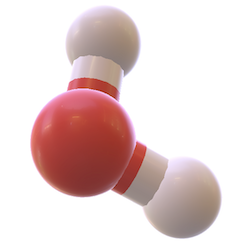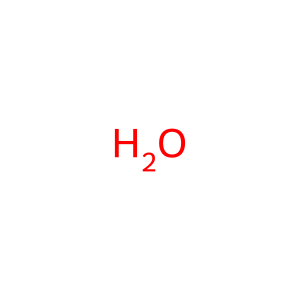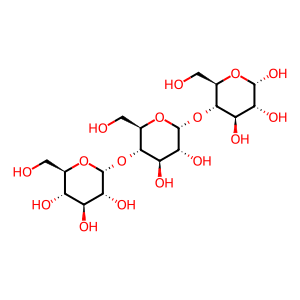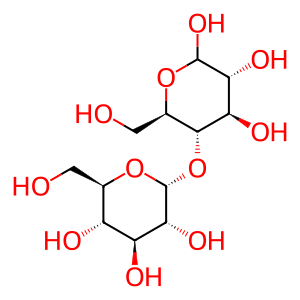Reaction: Digestion of linear starch (amylose) by extracellular amylase
- in pathway: Digestion of dietary carbohydrate
Extracellular amylose starch, linear polymers of glucose joined by alpha-1,4 linkages, is digested by the endoglucosidase activity of alpha-amylases, yielding maltose, maltotriose, and longer maltosides. The human genome contains five functional alpha-amylase genes, encoding structurally closely related isoenzymes (Gumucio et al. 1988). Three of these genes encode proteins synthesized in the parotid glands and released into the saliva (amylase 1A, B, and C), and the other two encode proteins synthesized in the exocrine pancreas and released into the small intestine (amylase 2A and B). In the human body, starch digestion thus commences in the mouth, mediated by salivary amylases, and is continued in the small intestine, mediated by the pancreatic ones.
X-ray crystallographic studies of amylase 1A and 2A proteins show them to be monomers, complexed with single calcium and chloride ions (Ramasubbu et al. 1996; Brayer et al. 2000). Biochemical characterization of amylase 2A indicates that the enzyme efficiently cleaves poly-glucose chains so as to release maltose - a glucose disaccharide - from the reducing end of the chain (Braun et al. 1993; Brayer et al. 2000).
Reaction - small molecule participants:
maltotriose [extracellular region]
Mal [extracellular region]
H2O [extracellular region]
Reactome.org reaction link: R-HSA-188979
======
Reaction input - small molecules:
water
Reaction output - small molecules:
alpha-maltotriose
maltose
Reactome.org link: R-HSA-188979



